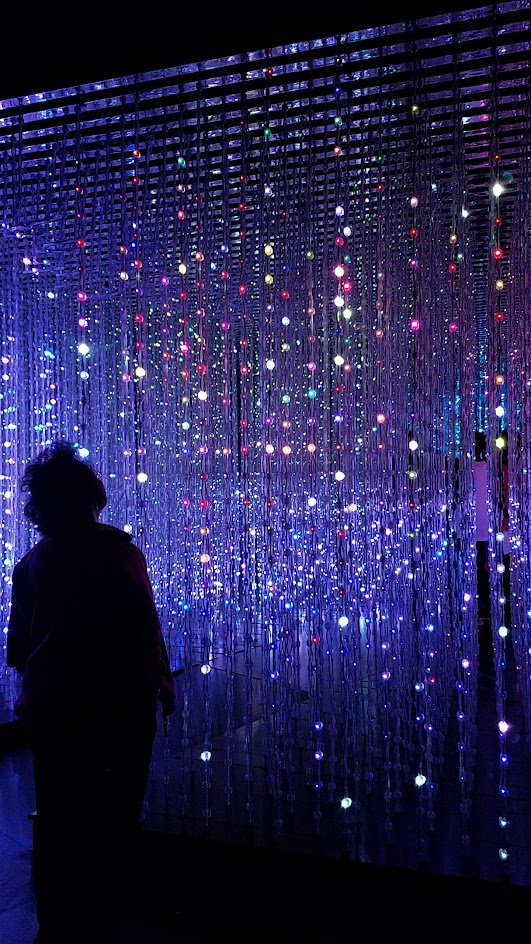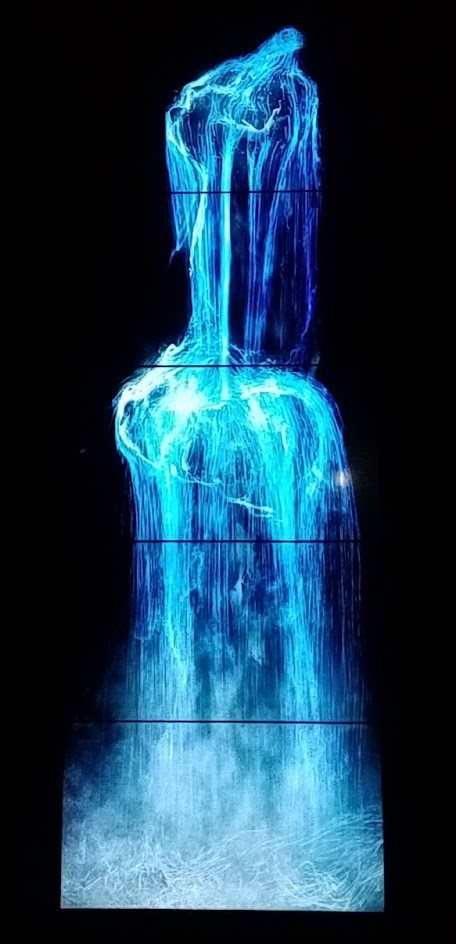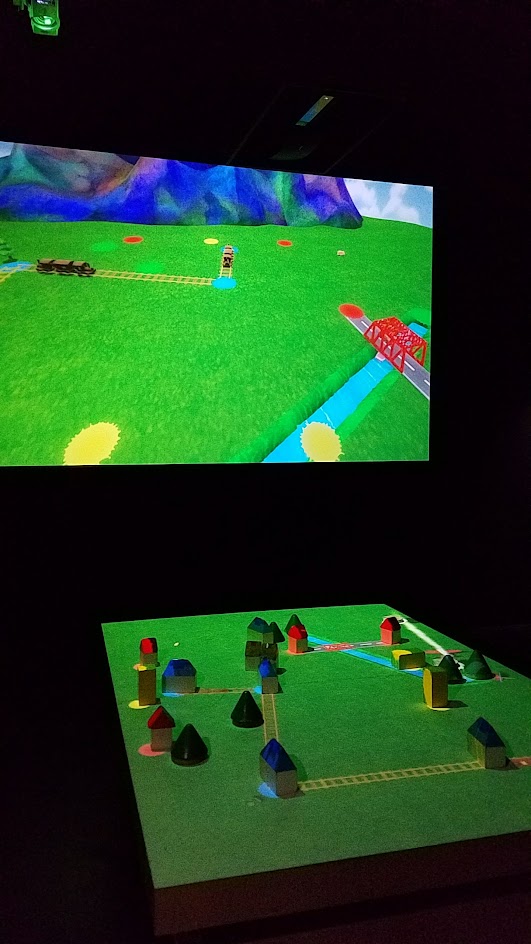Today’s Travel Tuesday post is still in California, but this time we move from the Bay area and the Digital Space and Future Parks exhibit or Floating Homes of Sausalito to an area just 30 minutes northeast outside of Sacramento. If you’ve ever heard of Folsom at all, it most likely is because of Johnny Cash and his song Folsom Prison Blues. He performed and recorded this song at Folsom Prison on the album At Folsom Prison. I have been to the city of Folsom multiple times as part of my job, but it was only recently when my meeting schedule had enough of an opening if I skipped lunch to finally make it to the Folsom Prison Museum.


The museum is open everyday except major holidays from 10 AM – 4 PM and is on the grounds of the Folsom State Prison (which is still in use) as well as California State Prison – Sacramento. Located on300 S Folsom Prison Road, after turning onto the road go straight to the end where the old Folsom prison is at the end of the road and parking lot is to the left – do not make right turns as that takes you to the California State Prison / New Folsom Prison.
After parking in the large visitors parking lot you will head past the visitor registration building (which is for visiting prisoners) through the first gate to a small house/building on the right hand side called Historic House #8 just after the gate, a bit uphill away from the actual famous granite walls of the prison. You will probably pass a few guards at least by that first gate who can also help direct you.
You may see signs about no photography, but cameras are fine inside the museum. For the bargain admission of $2 cash per person (children under 12 are free) which you hand to the retired correctional officer, you are treated to a very small but dense amount of artifacts from the long history of Folsom State Prison.
When the prison first opened in 1880 it didn’t have walls! Only guard towers and lines drawn in the ground and the intimidation and authority of the prison guards – a few with guns, but most just with clubs. On display in one case is a World War 1 30 caliber water cooled machine gun. This gun was used for enforcement in the window of the armory until the 1950s. It was fired in a short burst on the first day of each month both to keep it operational and for the psychological effect.

An onsite quarry was used to source granite that the prisoners used to craft the famous Folsom Prison walls which were finally completed 40 years later. It was also around that time that prison cells first got air holes (!) drilled into their solid iron doors, which until then only had eye slots. Before electricity, prisoners had to carefully conserve their candlestick and oil lamp to last both for light and warmth in their cold stone walled dirt ground 4 by 8 foot cells.
There’s a grim part of the history here. This was the site of executions, riots, violence leading to inmate and guard deaths, and for even after death, prisoners were buried here at an onsite graveyard marked with a headstone they or a prisoner friend could carve. You can’t see the graveyard (it’s by a rifle range) but you can hear about how its original location was buried apparently too close to Folsom Dam. Definitely you can also wonder about how many ghosts haunt the area.

It’s not all morbid though – you can read about various escape attempts (such as one with a homemade diving suit though ok that is a bit dark since it was fatally unsuccessful), and see photos from prison life back then, including photos when convicts first arrive at the prison and after they are in their stripes. You can also see a lot of the art, such as a 8 foot high Ferris wheel crafted out of 250,000 toothpicks in 10 months as part of a toothpick circus. Some art is not even not that old – for instance the potato chip purse and potato chip baby boots. This Prison Folk Art used to be made with cigarette pack wrappers but when tobacco products became illegal in prison by California governor Arnold Schwarzenegger, and since gum wrappers are also illegal since they can jam up locks or be used as molds, prisoners started using potato chip bags. Other objects made include picture frames and bracelets.




There are also inventions in several display cases. Yes these include weapons including a spear made out of wrapping tight soapy wet newspaper, but also basic like ways to heat food like a homemade toaster and a brick hot plate. It all really is a testament how creative men with limited resources but lots of time can devise both as a hobby or for functional use.


There’s a whole small room about music and movies (including Johnny Cash) that also houses a fake cell with an animatronic Sam the prisoner who tells you about life in Folsom Prison. Another room has a lot of details about a prison escape attempt and plays a video which lets you visit some of the cell blocks and other areas outside the museum and get a little trivia. You definitely learn a lot of trivia overall visiting this museum. Did you know that there is farm portion of Folsom Prison that helps provide crops for the meals here? Or that since the 1930s Folsom Prison is where California state license plates are made, as well as street signs?


If you have time, take the time to definitely chat with whoever the retired guard is watching over the museum during your visit – there’s so much to read and see and they can definitely share stories or point you to where you can get more details about it in the museum.
A visit if you carefully read everything and watch the video may be about 1.5 hours. There is a lot packed into the small facility – the admission fee is helping to raise money for a larger building and Big House Prison Museum where they can show even more of the history which can’t fit into the house now, including I think a train that is part of another escape attempt. For now, the museum is basically 4 rooms on the first floor, plus a few artifacts scattered right outside the door and in the yard, so it can really utilize an expansion. The new museum will also house videos, artifacts, and other memorabilia from correctional institutions all in the US and around the world. There are not many prison museums, so if you are in the Sacramento or Folsom area it is definitely an interesting and informative stop, and very unique, and I think a very local attraction worth supporting. For now, for further support at the Folsom Prison Museum they also have a few souvenirs you can purchase (including my favorite, postcards) and they do accept major credit cards or you can make a donation.

I’m hoping I’ll never have to experience a prison, so this is the closest to learning about this part of the world. It may not be as famous as Alcatraz, but it’s definitely just as fascinating, and doesn’t require a reservation and is a bargain price at $2. Have you ever visited any prisons, or would you ever consider doing so?


















































